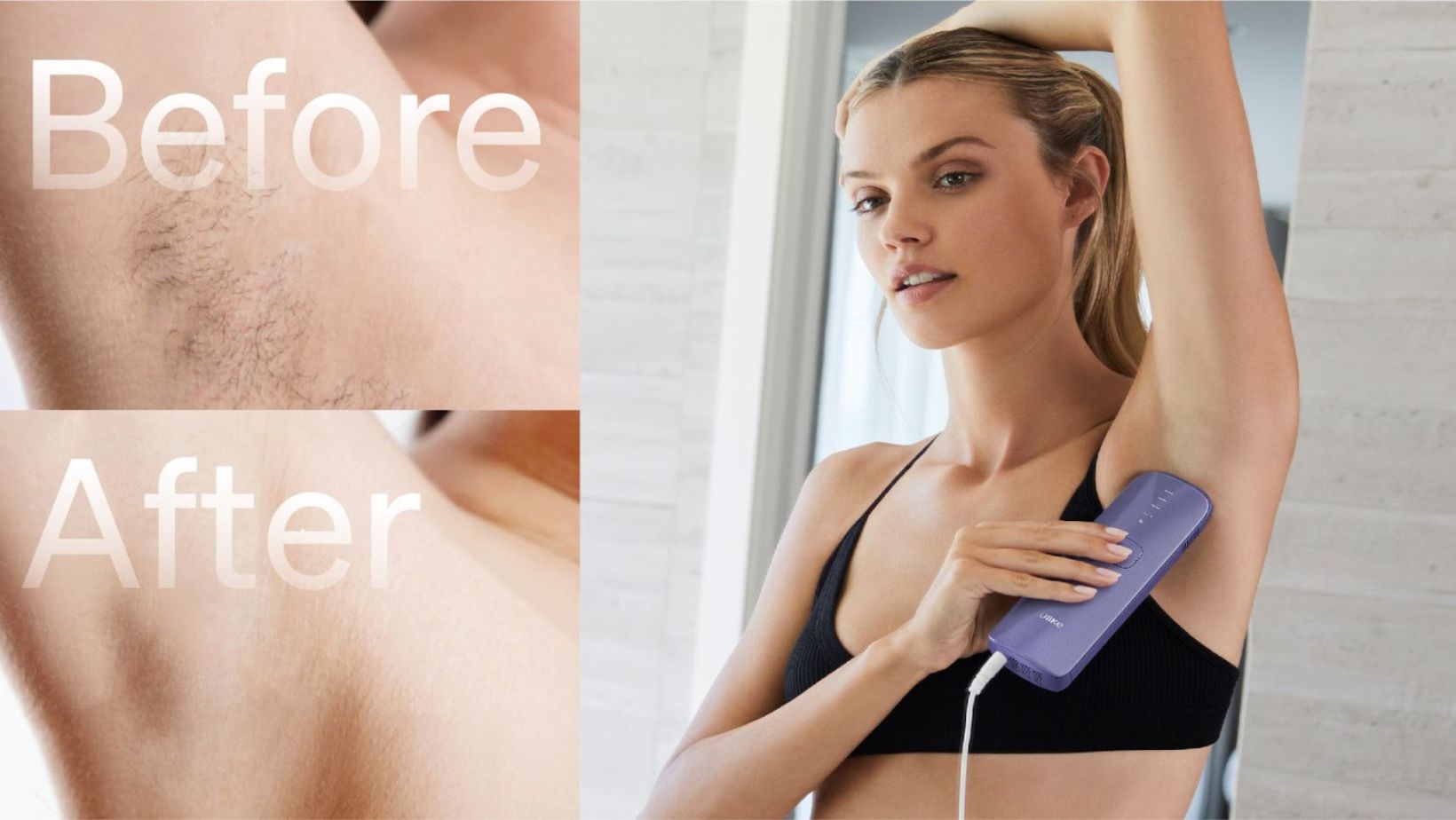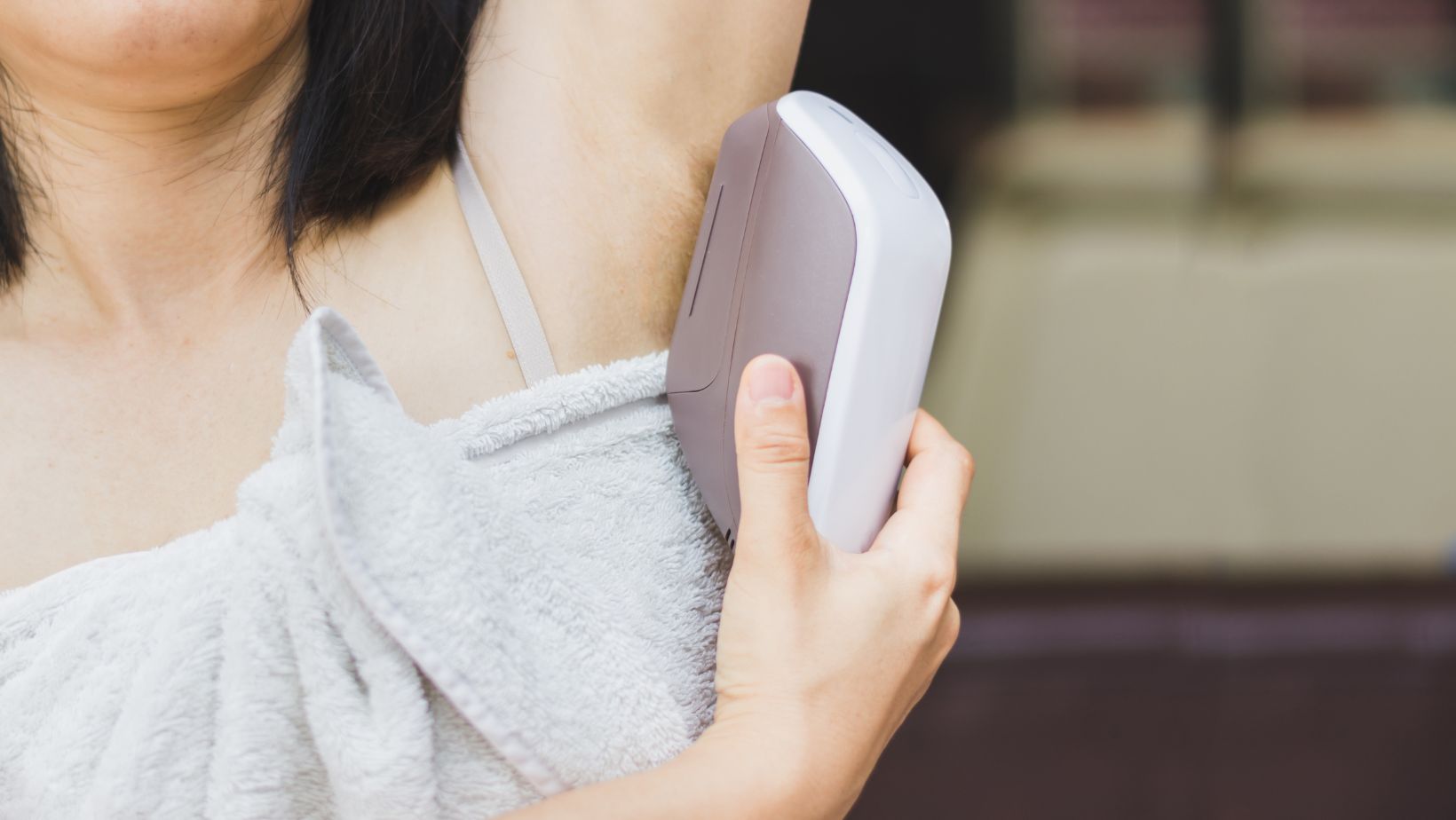
Using IPL at home can be a convenient and cost-effective way to achieve smooth and hair-free skin. However, understanding how often to use IPL is crucial for optimal results and safety. In this comprehensive guide, we’ll explore how to use IPL at home and provide guidance on how often to use it for optimal results.
Firstly, it’s important to note that the recommended frequency of IPL treatments can vary depending on factors such as your skin type, hair color, and the specific device you are using. Generally, it is advised to begin with more frequent sessions in the initial stages of treatment. This helps target active hair follicles during their growth phase and gradually reduce hair growth over time.
The general guideline for most IPL devices is to start with treatments every two weeks for the first three months. During this period, you may notice a reduction in hair growth as well as finer regrowth. After this initial phase, you can adjust the frequency to once every four weeks or as instructed by the manufacturer.
Remember that consistency is key when using IPL at home. Stick to your treatment schedule diligently while ensuring you allow enough time between sessions for your skin to recover. Over-treating or using IPL too frequently may cause adverse effects like skin irritation or burns.
In conclusion, understanding how often to use IPL at home plays a vital role in achieving effective results while maintaining safety. Starting with more frequent treatments initially and then adjusting them based on individual needs can help attain long-term hair reduction goals. Always follow the guidelines provided by manufacturers and consult a dermatologist if you have any concerns regarding your specific circumstances.
Choosing the Right IPL Device for Home Use
When it comes to selecting the right IPL device for home use, there are a few factors to consider.

Here’s a comprehensive guide to help you make an informed decision:
- Determine your needs: Start by understanding your specific hair removal or skin rejuvenation goals. Are you looking to target unwanted hair on your legs, underarms, or bikini area? Or do you want to address concerns like sun damage, fine lines, or acne? Start by researching and selecting a reputable version of an IPL device that suits your needs. Identifying your needs will narrow down the options and ensure you choose a device that suits your requirements.
- Consider skin tone compatibility: IPL devices work by targeting melanin in the hair follicles or pigmented areas of the skin. Therefore, it’s crucial to check if the device is suitable for your skin tone. Some devices may not be effective on darker skin tones due to higher melanin levels. Look for devices that offer a wide range of intensity settings and are specifically designed for different skin tones.
- Evaluate safety features: Safety should always be a top priority when using any IPL device at home. Look for features such as built-in skin sensors that detect safe treatment areas and adjust energy levels accordingly. Additionally, opt for devices with integrated cooling mechanisms like cooling gels or contact sensors to minimize discomfort and protect the surrounding skin.
- Assess treatment modes and customization options: Different IPL devices offer various treatment modes and customization settings that cater to individual preferences and comfort levels. Some devices have multiple flash modes (continuous or single) while others allow adjustment of energy levels based on sensitivity or target area size. Choose a device with versatile options that can adapt to your specific needs.
Remember, the frequency of IPL treatments will depend on your individual needs and the specific device you choose. Always follow the manufacturer’s instructions and consult a dermatologist if you have any concerns or questions regarding treatment frequency or suitability for your skin type.
Understanding How IPL Works
IPL, or Intense Pulsed Light, is a popular method of hair removal that can be used in the comfort of your own home. But how exactly does it work?

Let’s delve into the science behind IPL and understand its mechanism.
IPL works by emitting high-intensity light pulses onto the skin. The light is absorbed by the melanin pigment present in our hair follicles, which then converts it into heat energy. This heat damages the hair follicle, inhibiting its ability to produce new hairs over time.
One key aspect to note about IPL is that it targets only actively growing hairs. Since not all hairs are in this growth phase at the same time, multiple sessions are required for optimal results. This means that consistency and patience are essential when using IPL at home.
The duration between each IPL session depends on various factors such as your hair growth cycle and treatment area. Generally, it is recommended to have treatments spaced out every 4-6 weeks for facial areas and 8-12 weeks for body areas. This allows enough time for dormant hairs to enter their active growth phase so they can be effectively targeted during subsequent sessions.
It’s important to remember that everyone’s hair growth patterns are unique, and individual results may vary. Factors such as hormonal changes, genetics, and underlying medical conditions can influence hair growth rates as well. Therefore, understanding your own body and adjusting your IPL treatment schedule accordingly is crucial for achieving desired outcomes.
In conclusion, understanding how often to use IPL requires an understanding of your personal hair growth cycle and following general guidelines for session spacing. With consistent usage over time, IPL can provide long-lasting reduction in unwanted hair from the comfort of your own home.























